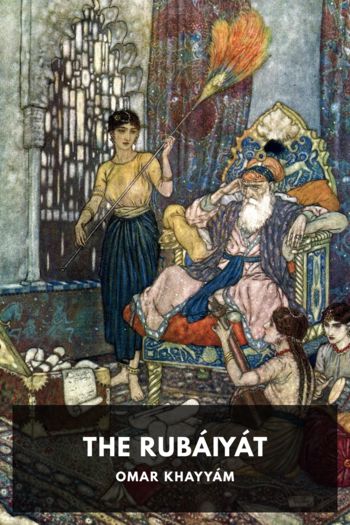Genre - Other. You are on the page - 511

Description The Strange Case of Dr. Jekyll and Mr. Hyde is the classic novella of split personality. Stevenson wrote it in just a few days while sick and bedridden, and famously burned the first draft after his wife suggested it should be written as an allegory and not as a story. He re-wrote it in three to six days, and after a few weeks of editing and revision he published what would become one of his most famous and best-selling works. The story follows a London lawyer as he investigates the

Description Hermann Hesse wrote Siddhartha during a period in his life in which he suffered what he described as a “sickness with life.” He claimed to be unable to complete the book because he had not experienced the kind of nirvana that Siddhartha, the main character, wants to achieve—so Hesse surrounded himself with sacred Buddhist and Hindu teachings and lived as a recluse in order to complete this work. Siddhartha is a short, simple tale of a man’s quest to achieve enlightenment and

Description Treasure Island isn’t just one of the most famous coming-of-age tales in modern storytelling, it’s also the book that invented everything you know about pirates: Peg legs, parrots, treasure chests, tropical islands, Long John Silver, maps marked with an “X,” swashbuckling adventure, and “Yo-ho-ho and a bottle of rum.” Its brisk pace and easy tone have stood the test of the time—Treasure Island is as readable, enjoyable, and memorable today as it ever was.

Description Stanley Weinbaum was an influential science fiction writer who died at an early age. His short story “A Martian Odyssey,” included in this collection, was praised by science fiction luminaries like Isaac Asimov, who said the story “had the effect on the field of an exploding grenade. With this single story, Weinbaum was instantly recognized as the world’s best living science fiction writer, and at once almost every writer in the field tried to imitate him.” This collection includes

Description Mary Shelley (then Godwin) and Percy Bysshe Shelley were visiting their friend Lord Byron in Geneva one rainy summer. With the weather against them, they decided to spend their time writing ghost stories for each other. Frankenstein is Mary Shelley’s submission to their contest, later published anonymously in 1818. Victor Frankenstein, a strange but brilliant scientist, discovers a method of imparting life to inanimate matter. The Monster is thus born: a hideous, 8-foot-tall

Description Omar Khayyám was a medieval Iranian mathematician, philosopher, scholar, and poet. He was thought to have composed over 1,000 rubáiyát, or quatrains, in his lifetime. Many different scholars have translated selections of Khayyám’s quatrains, but Edward FitzGerald’s translation remains the most beloved. FitzGerald’s translation is interesting in that it isn’t a literal translation—rather, FitzGerald took significant artistic license in his interpretation. Thus it’s tough to say if we